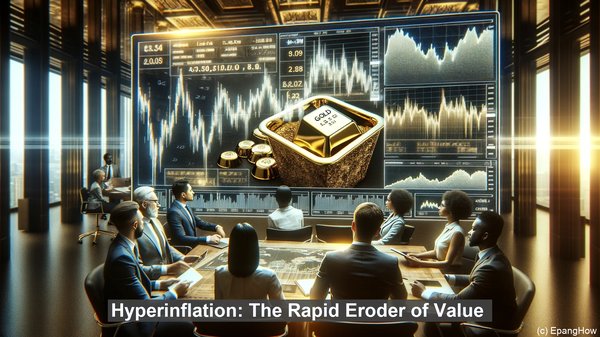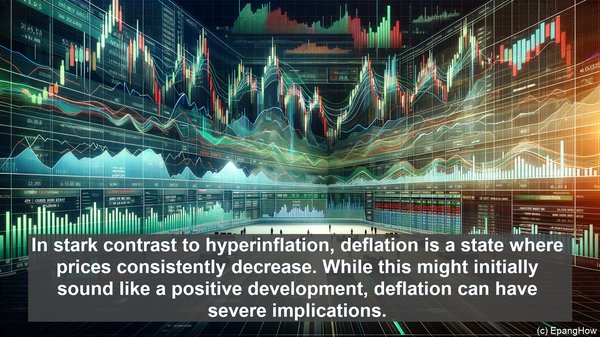Introduction: A Tale of Two Extremes
Hello everyone, and welcome to today’s article. Today, we’re going to embark on a journey to explore two contrasting economic environments: hyperinflation and deflation. These two phenomena represent the extremes of the economic spectrum, and understanding them is crucial for comprehending the intricacies of the financial world.

Hyperinflation: The Rapid Eroder of Value
Hyperinflation is an economic state characterized by an astronomical increase in prices. In this scenario, the value of a currency plummets rapidly, leading to a loss of purchasing power. The causes of hyperinflation can vary, but they often include excessive money supply, government deficits, and political instability. The effects of hyperinflation are far-reaching. Savings become virtually worthless, and people’s standard of living deteriorates. Businesses struggle to operate, and the economy as a whole suffers. Historical examples of hyperinflation, such as the Weimar Republic in the 1920s or more recent cases like Zimbabwe, serve as stark reminders of the devastating consequences of this phenomenon.
Deflation: The Silent Economic Contraction
In stark contrast to hyperinflation, deflation is a state where prices consistently decrease. While this might initially sound like a positive development, deflation can have severe implications. Deflation is often a result of reduced consumer demand, which can stem from factors like economic recession or technological advancements. The effects of deflation can be seen in various sectors. For instance, in a deflationary environment, businesses may struggle to generate revenue, leading to layoffs and a decline in economic activity. Additionally, deflation can also increase the real value of debt, making it harder for individuals and businesses to repay loans. Japan’s ‘Lost Decade’ in the 1990s is a notable example of a prolonged deflationary period and its impact on an economy.

The Role of Central Banks
In both hyperinflation and deflation, central banks play a crucial role. In the case of hyperinflation, central banks often resort to printing more money, exacerbating the problem. On the other hand, during deflation, central banks may employ measures like lowering interest rates or implementing quantitative easing to stimulate economic activity. Finding the right balance is a delicate task for central banks, as overreacting or underreacting can have significant consequences.
